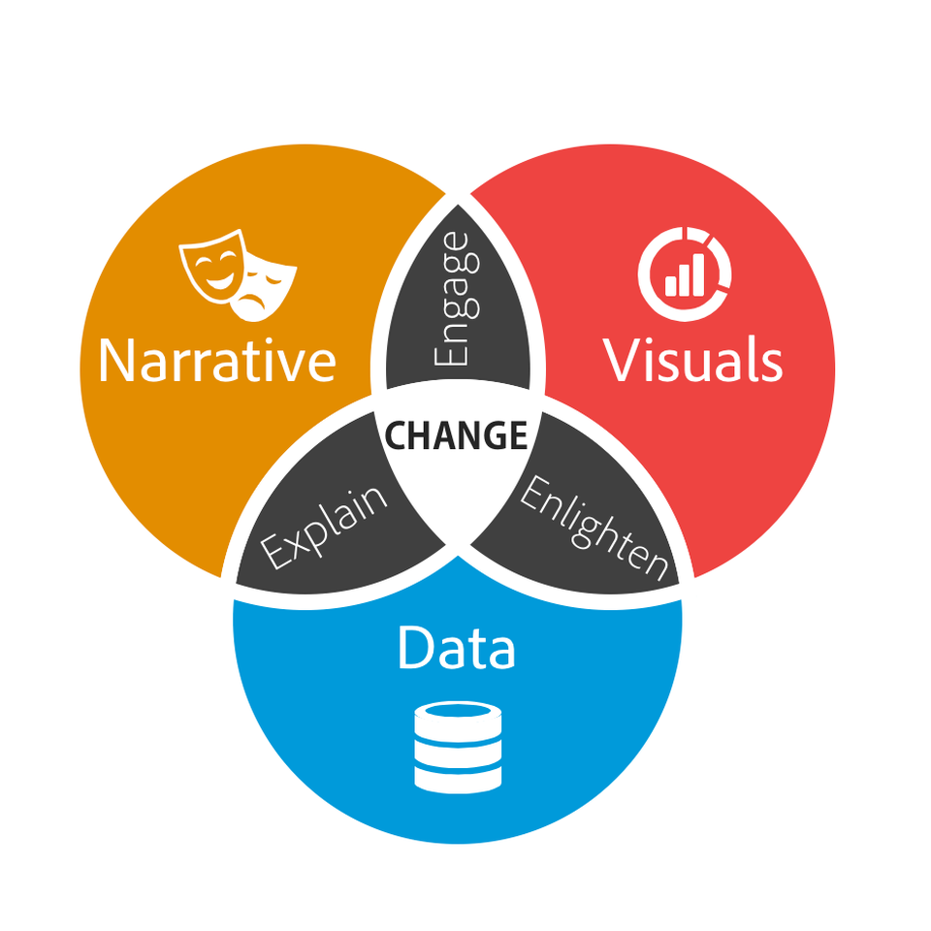How to use science to influence your clients and get them to do what you want

If you have children, you might have heard about oxytocin, aka the “happy hormone”, which is released when you bond with your newborn baby, and is even injected into expecting mothers to induce labour. Oxytocin is produced after any emotional interchange with people, for example, hugging.
While researching for the Green Gorilla's Storytelling for Sustainability Consultants course, I found out that your body produces oxytocin even when you watch a feel-good movie, one that pushes all the right buttons in your brain. The fact is, the brain does not distinguish between reality and fiction, and that’s why movies provide such powerful entertainment, because your brain literally experiences the emotions that you see in the movie as if they were yours. It activates the same areas as if you were going through the adventures you see on the screen in person, including jumping from a skyscraper, shooting, kissing and so on.
The science behind oxytocin is incredibly relevant to you, even if you are a technical person reading this.
The reason why this is important to anyone that needs to influence others – which, let’s face it, all of us need to do at different stages of our career and even in everyday life, with our family, friends and colleagues - is that oxytocin has been demonstrated to increase the amount of trustworthiness in people listening to a story, or watching a movie.
When people get absorbed in a good story, their defences and their judgement drop, and they tend to trust the person telling the story more than they would otherwise.
People might hear data, but they feel stories. And we remember our feelings much more strongly than we remember percentages. This is a compelling reason to learn how to tell a story.
As a technical person, you might like your data and your facts. However, facts and data, especially to someone like your client, who is likely not technical, have zero impact if they are not contextualised. Have you ever been listening to a presentation that sends you straight to sleep, because it was delivered in a monotone voice, and consisted of a long list of data and bullet points, provided without injecting any life into them at all?
 Brent Dykes on forbes.com
Brent Dykes on forbes.com
That’s why people like case studies, because they translate data into digestible stories, they demonstrate how something is directly relevant to people’s lives and businesses, and have the double-whammy power to show how others have done it before, and, as such, validate your data further.
Storytelling is the skill that will make your data come alive. Learning how stories work (their structure, characters, and all-important oxytocin and emotion triggers) might just be the best thing you can do for yourself as a professional and for your company’s business.
You’ll manage, through stories and anecdotes, to increase your client’s trust towards you, and prep them to listen to your arguments. Increasing their ‘feel good’ hormones will connect them to you on a deeper level, and create a stronger human relationship than otherwise – and you don’t even need to hug them! What’s not to like?
The question is: how can you do that?
You can start by paying attention to stories around you.
Read industry magazines, pay attention to social media feeds from trustworthy sources (you don’t want to spread fake news!), and capture the anecdotes you can find that convey your message; listen to your colleagues chat whilst making tea; think about your own stories, from your own experience with past clients and projects, and how they can demonstrate your point in a more digestible way.
Don’t be afraid to use pictures as well, where relevant, when putting together your stories. They will reinforce the concepts and increase memorability.
Practise telling those stories, write them down if necessary, and tell them again and again, until they become second nature.
And start learning how good stories work. There are universal dynamics that have been worked out scientifically and can be learnt by anyone.
Storytelling should be part of your influencing and selling strategy for maximum impact, when you work with your next client, even if you are not a natural-born salesperson or influencer.
